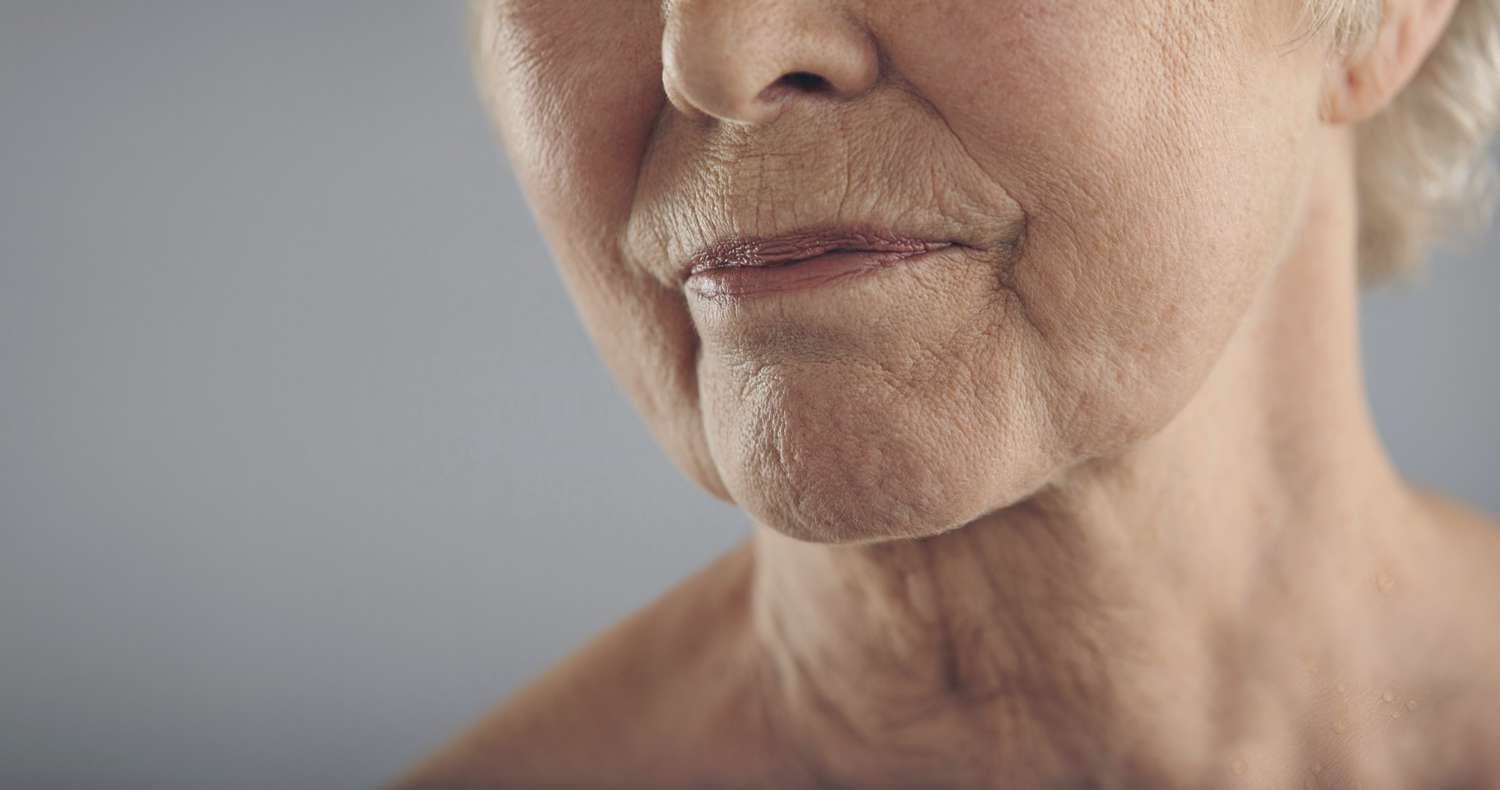
What to Know About Adult Incontinence
Incontinence is more common in adults than many may think. In fact, about half of women (especially women over 50) and one-in-four men experience incontinence symptoms. Despite the prevalence of incontinence as we age, it is not something to write off and should always be discussed with your primary care provider or OB/GYN.
Typically, older adults are made to feel like they can’t be open about what they’re experiencing given 54% of adults aged 60 and older said they would feel too embarrassed to discuss it with family or friends if they had incontinence.
Not discussing incontinence can have negative implications on your health and should not be left untreated, especially considering symptoms can worsen over time. Educating yourself on the different types, causes and myths will allow you to lead a happier and healthy life.
Types of Incontinence
Incontinence doesn’t fall under one category, there are several different types with their own unique symptoms.
Urge incontinence or an overactive bladder, presents itself as a strong sudden urge to urinate which can sometimes cause accidental leakage. Diabetes, multiple sclerosis, and other conditions can cause this particular type of incontinence.
As a result of weak bladder muscles or blockage when the bladder becomes too full, people can experience overflow incontinence. While they won’t necessarily experience a sudden urge to go, they will still experience leakage.
Stress incontinence is when people experience leakage when they sneeze, lift heavy objects, laugh or exercise.
If someone is experiencing functional incontinence, they will have normal bladder and urethra functions; however, due to a mobility issue or physical or mental impairments they will not be able to reach the bathroom in time and leakage occurs.
Lastly, mixed incontinence is when someone experiences more than one type of incontinence.
Causes of Adult Incontinence
There are several conditions which can cause adult incontinence, including:
- Menopause
- Urinary Tract Infections (UTI)
- Spinal Cord Injuries
- Overactive Bladder Muscles
- A Disability or Mobility Impairment
- Kidney or Bladder Stones
- Parkinson’s Disease
- Weight Gain
- Pregnancy and Postpartum
Myths About Incontinence
Preconceived myths and misconceptions about incontinence can prevent individuals from seeking proper treatment and give them a skewed idea of the condition.
One of the most common myths is that seniors are the only ones who have incontinence. This is far from the truth as incontinence can affect women of all ages.
While many are under the impression that incontinence is a normal part of aging since the chances of developing incontinence increase with age, any incontinence symptoms always require the attention of a medical professional, especially since it can be an underlying symptom of one of the aforementioned conditions, all of which can increase pressure on the bladder and bowels.
Some also believe that drinking less will prevent accidents. On the contrary, not drinking enough water can actually make incontinence symptoms worse. Urine becomes more concentrated, contributing to bladder irritation, frequent urination and even pain.
Although incontinence cannot be cured in some cases, the notion that there is no treatment is a myth. Depending on age and which types of incontinence you’re experiencing, there are solutions available to alleviate symptoms, which include strengthening the pelvic floor, treating urinary tract infections (UTIs) as soon as you begin to experience them, having a healthy lifestyle, various surgeries in some cases and taking medication.
Take Incontinence Seriously
Seeing your primary healthcare provider or OB/GYN is the first step to tackling incontinence to receive an initial evaluation and weigh treatment options. A referral to a urologist or urogynecologist may also be required as a next step.
When developing a treatment plan, it’s important to know which type of incontinence you’re experiencing, which is where using a bladder control diary will be extremely useful.
After undergoing tests to rule out certain conditions that may cause incontinence, your doctor will be able to provide you with a treatment plan based on the type and severity you’re diagnosed with. There are ways to combat this often stigmatized condition and it does not have to keep you from living the life you desire.
Have you tried to hide an incontinence issue? Has your doctor been helpful when evaluating causes for incontinence? What treatment have you tried and what were the results?
Tags Medical Conditions






